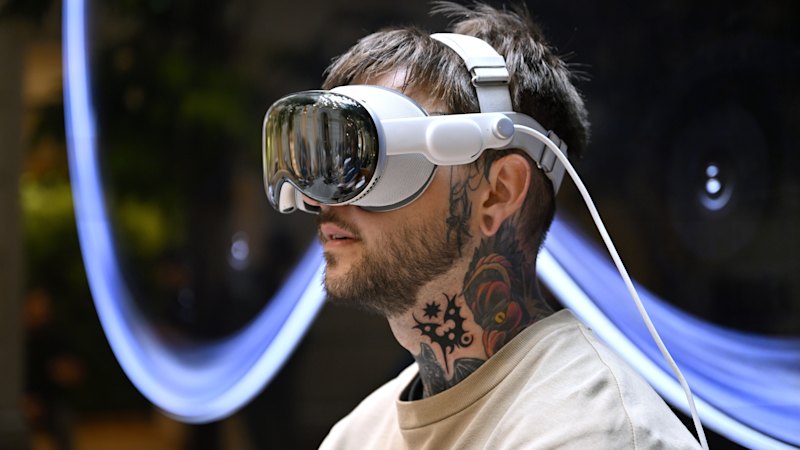
URGENT UPDATE: Virtual reality (VR) technology appears to be faltering as major investments from companies like Apple, Meta, and Sony yield disappointing results. Despite a decade of hype and billions of dollars in funding, VR headsets remain largely unused and collecting dust.
The latest figures indicate that consumer interest in VR has plummeted in 2025, with many tech enthusiasts finding little reason to engage with the technology. Apple’s Vision Pro, launched in Australia at a staggering $5,999, is an impressive feat of engineering but struggles to justify its existence. Users frequently question, “Why not just use my laptop?”
When tested, the Vision Pro showcased advanced features including sharper displays and seamless integration with Mac devices. However, the underlying issue remains: even with outstanding technology, the software lacks a compelling reason for consumers to make the leap.
Developers are still searching for the “killer app” that could revolutionize VR. While games like Beat Saber offer temporary enjoyment, they fail to provide the immersive experience that would encourage prolonged use. One tech reviewer noted after extensive use of the Quest 3S that it simply didn’t fit into his daily routine, stating, “Even the most enthusiastic of tech reviewers only has so many hours in each day.”
The shift in consumer focus is also evident as discussions around artificial intelligence have surged. AI applications are perceived as more useful and practical compared to VR, which has not been able to secure a place in everyday conversations.
Another significant challenge for VR is the discomfort associated with wearing headsets. The Vision Pro weighs 725 grams—almost as heavy as an iPad Mini—making it cumbersome for long periods. Even cheaper options like the Quest 3S, weighing 515 grams, require a battery pack that adds further discomfort.
VR’s isolating nature further complicates its appeal. While gaming in a virtual world can be entertaining, it inherently disconnects users from their surroundings, making social interactions awkward. Innovations such as pass-through video technology aim to alleviate this issue, but they only serve as temporary solutions.
Despite these challenges, some sectors are successfully utilizing VR for practical applications. For instance, Vantari VR in Australia is training medical professionals and farmers using VR technologies, providing valuable tools that address specific needs without requiring users to integrate VR into their daily lives.
Looking ahead, augmented reality (AR) may present a more promising future than VR. Companies like Meta and Google are developing AR glasses that enhance reality rather than replace it, making them more socially acceptable and practical for everyday use. The potential for AR to seamlessly integrate into daily life stands in stark contrast to VR’s current struggles.
In summary, while VR technologies like the Vision Pro showcase remarkable advancements, their inability to captivate consumers and justify their existence raises questions about the future of immersive technology. As discussions increasingly shift towards AR and AI, VR may find itself relegated to a niche market rather than becoming the mainstream revolution once anticipated.
Stay tuned as we continue to monitor the evolving landscape of virtual and augmented reality technologies.





